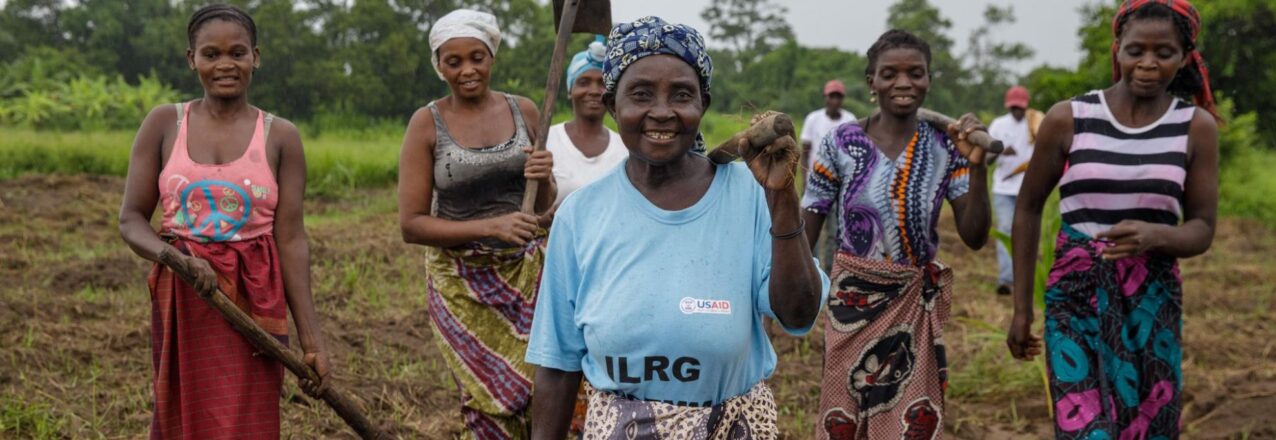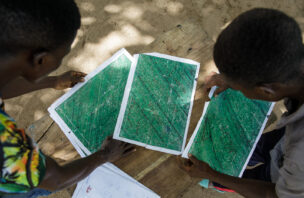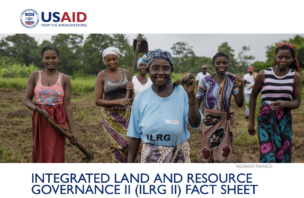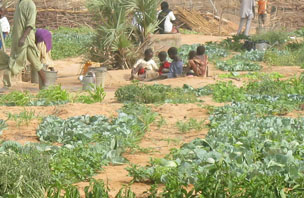BACKGROUND
Secure land and resource rights, coupled with sound governance, encourage investment and support economic growth. They provide a foundation for urban planning and service delivery. Secure rights and good governance enable effective and equitable management of natural resources including forests, wetlands, water sources, biodiversity, and critical minerals. Secure land and resource rights can reduce conflicts and contribute positively to peace, stability, and resilient economic growth. Yet, across many countries, land and resource rights frameworks and governance institutions are weak; there is limited capacity to enforce rules and norms, and for many, access to justice is out of reach. These issues constrain economic, environmental, and social development outcomes in many USAID-presence countries.
GOALS
USAID’s Integrated Land and Resource Governance II (ILRG II) program works with USAID Missions, operating units, host country governments, civil society, the private sector, and local communities to develop inclusive, innovative and replicable strategies to clarify tenure and property rights and resolve land-related conflicts. ILRG II’s approach to land and resource governance supports a broad range of development goals, including:
- Empowering women, Indigenous Peoples, youth, and marginalized or underrepresented groups;
- Advancing inclusive climate action and nature-based solutions;
- Conserving biodiversity;
- Strengthening sustainable food and agro-ecological systems;
- Promoting responsible land-based investing and innovation;
- Mitigating or preventing conflict mitigated;
- Adopting more responsible and inclusive practices in the mining of critical minerals, essential for the green energy transition;
- Supporting sustainable urbanization and disaster risk management.
ILRG II works with stakeholders to create space for dialogue on these issues and implements inclusive approaches that provide incremental progress toward more just land and resource governance.
ILRG II TECHNICAL ASSISTANCE MODEL
A strong emphasis on gender and social inclusion informs each of ILRG II’s four components:
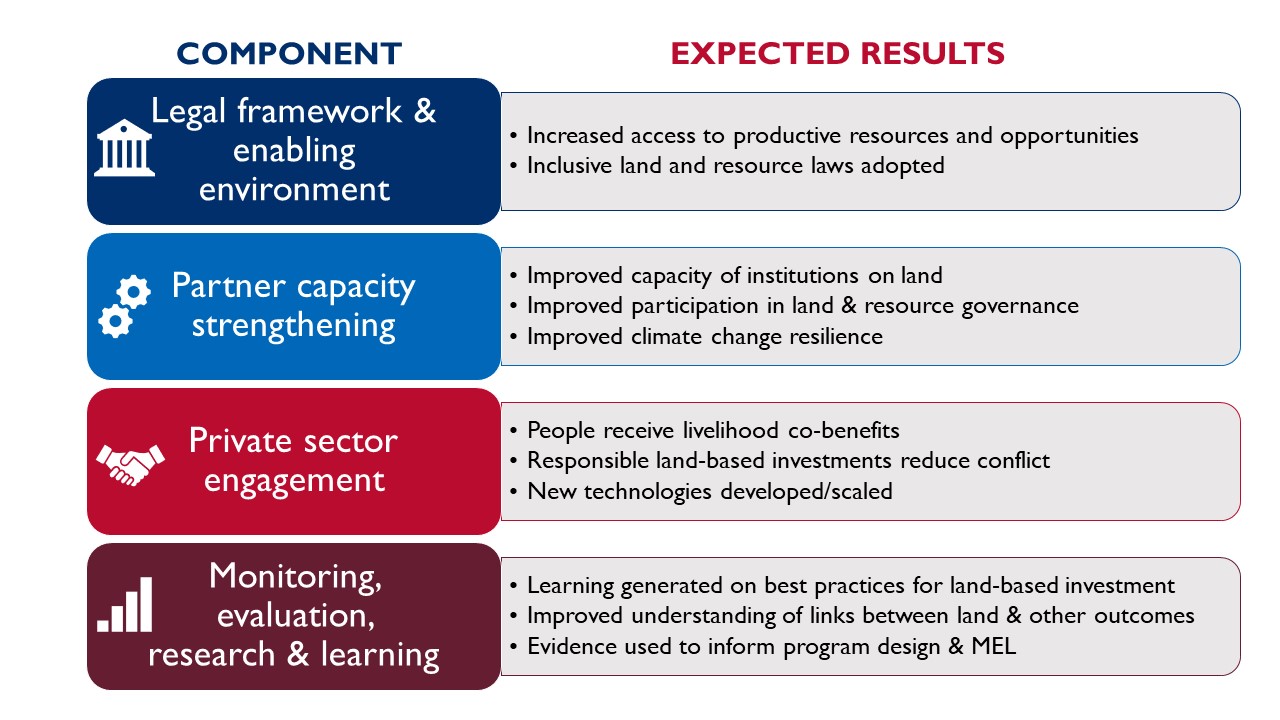
COUNTRY ACTIVITIES
ILRG II works with USAID Missions and Operating Units on a field support (“buy-in”) basis. Building on tools, approaches, and relationships developed under previous activities and under the program, ILRG II anticipates working closely with country governments, local communities, and the private sector. Activities may include implementing systematic land documentation; better addressing land, resilience, and inclusion issues in commercial supply chains; responsibly transferring underutilized private sector landholdings to local communities; and supporting meaningful participation of Indigenous Peoples and local communities in land and resource use decisions. Working with consortium partners and others based on activity needs, ILRG II will ensure that learning is aggregated across jurisdictions and shared in regional and local forums to strengthen and grow the knowledge base in land and resource governance.


